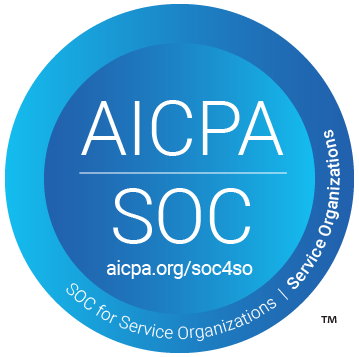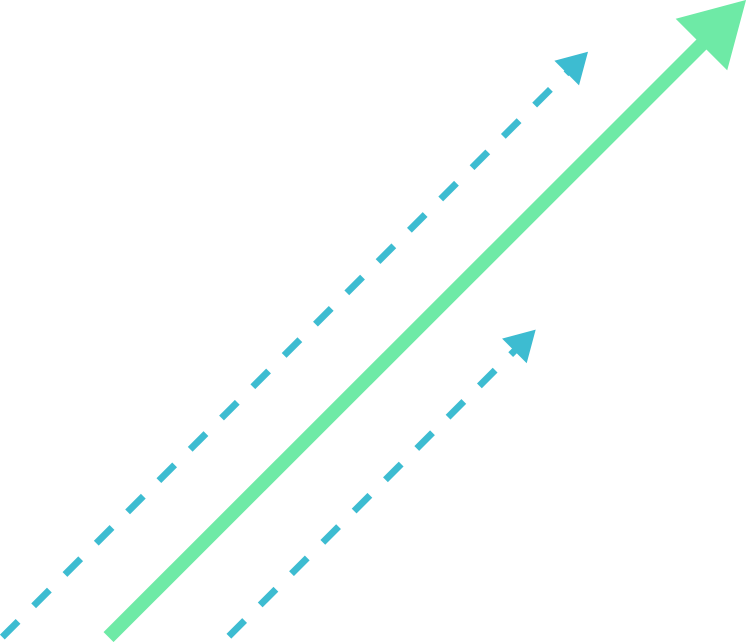ERP and CRM anchor core business systems, often confused as similar frameworks because several functions overlap across processes. Yet they serve distinct strategic goals overall.
Clear answers to what are ERP and CRM start with definitions, direct contrasts, and practical guidance for adoption across timelines, scope, governance, and real results.
The sections clarify what is the difference between ERP and CRM, show how systems complement each other, and outline when integration across departments makes sense.
What is an ERP system?
An ERP system centralizes finance, operations, procurement, and supply chain data into one platform, standardizes processes, and supports plans, reports, compliance, and cross-functional execution.
Vendors describe ERP as the system of record for back-office functions, with:
- unified data for traceability;
- audit readiness; and
- resource allocation across business units.
Providers describe ERP as a driver of cross-department coordination through:
- removal of duplicate data;
- higher accuracy; and
- a single operational truth for leaders.
What is a CRM system?
A CRM system manages customer relationships across outreach, sales, and service, with:
- centralized contacts;
- accounts;
- cases; and
- campaign data to guide retention, loyalty, and growth.
Providers present CRM as the front-office hub, with interactions from email, chat, phone, and channels unified, and insights offered to help teams coordinate responses.
Vendor guides indicate CRM prioritizes revenue generation and customer experience across teams, while ERP focuses on internal processes and resource stewardship behind the scenes.
What’s the difference between ERP and CRM?
ERP handles back-office processes, while CRM focuses on front-office engagement, customer data, and revenue generation — both address needs and cannot replace each other.
- ERP supports finance control, inventory accuracy, procurement coordination, production plans, project oversight, and compliance;
- CRM supports lead development, opportunity management, effectiveness, and campaign orchestration.
Data orientation also differs, since ERP centers on transactions, balances, and resources, while CRM centers on interactions, preferences, and lifecycle signals across accounts and contacts.
Vendor guidance agrees: ERP delivers operational control, whereas CRM advances growth outcomes at the edge where customers interact with the brand.
Can ERP and CRM systems work together?
ERP and CRM can operate together through integrations where systems sync data, reduce manual entry, and provide visibility from order capture to fulfillment and settlement. When platforms share master data, organizations:
- avoid inconsistent records;
- align service responses with inventory levels; and
- coordinate revenue recognition with contract terms and delivery milestones.
Integrated roadmaps often start small with a priority flow, then expand into additional scenarios after early wins establish trust across stakeholders and confirm measurable benefits.
How to choose between ERP and CRM (or both)?
Start with a decision grounded in constraints and growth:
- ERP fits priorities around cost control;
- CRM fits priorities around revenue expansion and loyalty outcomes.
Organizations with operational complexity may favor ERP first, while sales-led motions with rapid pipeline goals may favor CRM before broader transformation across enterprise processes.
Identify your business priorities (cost control vs. revenue growth)
Where cost control drives the agenda, ERP advances standardization, financial accuracy, and efficient resource use across operations, with tight process control and clear audit trails.
Where revenue growth leads strategy, CRM advances creation, conversion gains, loyalty improvement, and upsell potential through coordinated campaigns, service quality, and shared context across teams.
Evaluate current system limitations and data silos
Inventory lags, duplicate records, reconciliations, and delayed close cycles indicate ERP gaps, while poor lead visibility, forecast misses, and slow case resolution indicate CRM gaps. Map data flow across tools, document owners and breakpoints, then prioritize one system where pain concentrates, with an integration plan to protect data quality.
Consider scalability and integration capabilities
Adoption should account for user counts, transaction volumes, extension frameworks, vendor ecosystems, and security fundamentals, with a clear path for regional growth and acquisitions.
Favor platforms with open APIs, middleware support, and proven connectors, since future roadmaps require ERP and CRM processes to exchange data without friction or rework.
Ultimately, the choice between ERP and CRM, or the decision to integrate both, comes down to your most pressing business needs. Whether your priority is tightening operational control or accelerating customer-led growth, understanding the distinct value of each system is the first step toward building a more efficient and profitable enterprise.
To keep learning how you can use technology to drive real results, dive into the other articles and insights waiting for you on The Ksquare Group blog.
Summarizing
What are ERP and CRM?
ERP and CRM are business systems with different goals: ERP manages internal operations and resources, while CRM focuses on customer relationships and revenue growth.
What are ERP and CRM systems?
ERP and CRM systems help companies operate and grow. ERP handles finance, inventory, and processes, while CRM supports sales, service, and customer connections.
image credits: Freepik



